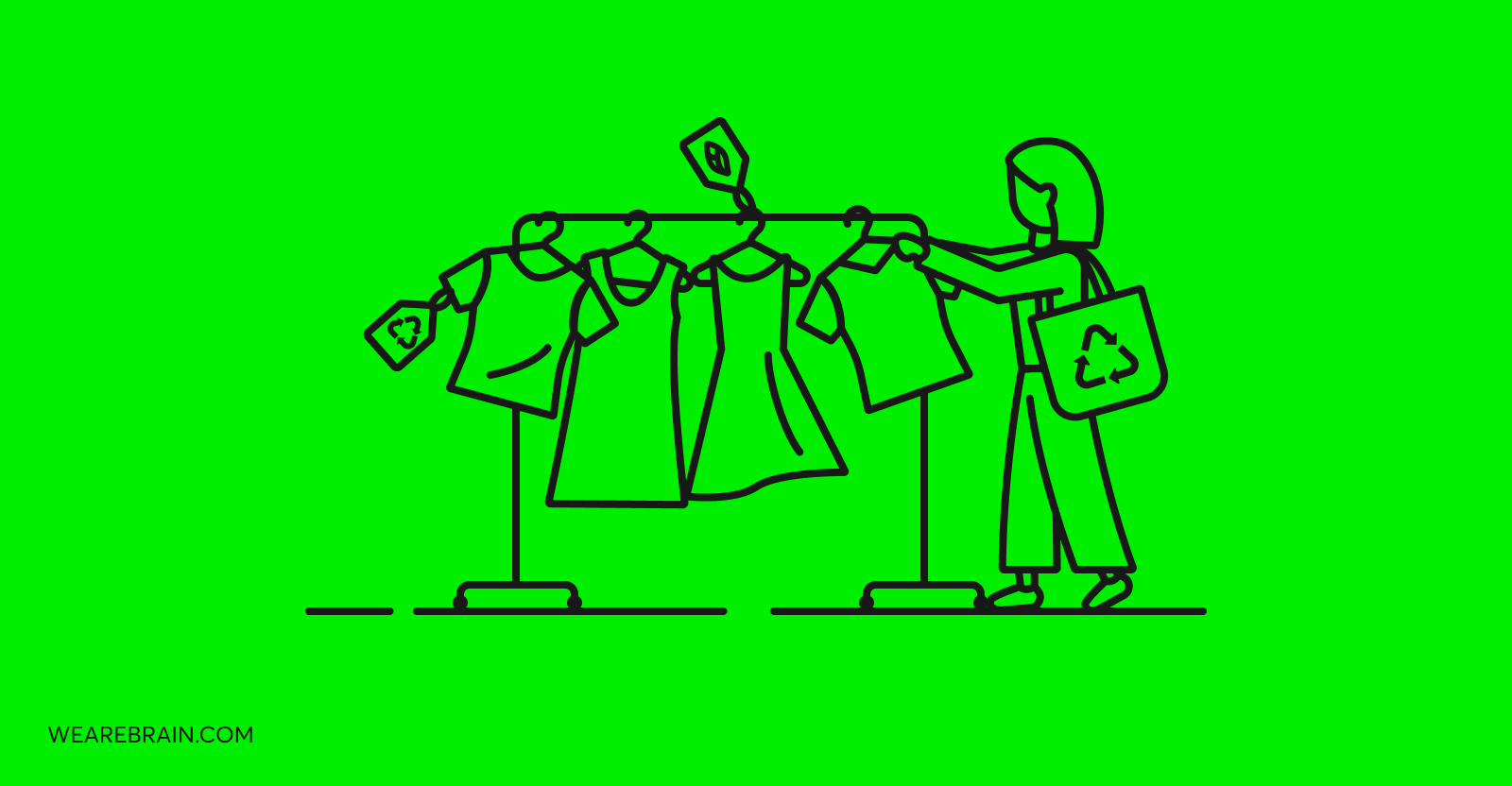How technology can put an end to fashion’s poor sustainability

Fast fashion is undeniably one of the biggest contributors to environmental waste and pollution.
In fact, the stats are staggering. The fashion industry produces 20% of global water waste and 10% of all carbon emissions. With clothing made cheaper and consumerism’s continual rise, it seems that this upward trend of textile and clothing waste is not going away anytime soon.
The fashion industry is the 2nd largest polluting industry after oil, globally. This means that we need to start looking at more sustainable solutions to the current wanton overproduction. Luckily, this is where technology comes in and it looks like some of the latest technological innovations can be applied to the fashion industry to help it become more sustainable.
In this article, we’ll look at some of the emerging technologies that have the potential ability to slow down the fast fashion model and allow our choices to become more sustainable. Critically, things can only change if those in the industry decide to make a change. In recent years, brands like Levi’s and Patagonia have adopted more sustainable production methods, including helping consumer’s repair broken items and Levi’s Water<Less range using 96% less water than it previously used to. While these are admirable initiatives, they aren’t likely to fix the entire industry. But perhaps, technology can?
Virtual samples: changing the buying/selling lifecycle
During the entire design and buying process for new fashion, physical samples were an absolute necessity. It was the way retail purchasing teams were able to make a call on whether or not the style and fabric suited their stores. But did you know that one finished style may require upwards of 20 samples and more? Now if you consider how many retail chains those samples might need to be sent to for a purchasing decision to be made, you can start seeing how this practice is inherently wasteful (none of these samples are used for anything more than approval). With the advent of virtual sampling, this practice can all but be eliminated.
Using 3D design technology, designers and fashion houses can create samples virtually, and these can be sent through to buyers. Some brands have already begun to create beautiful virtual showrooms specifically for buyers to get a true feel for the garment on display. Aside from removing the need for a physical product in hand, which reduces waste considerably, digitising this part of the process is more cost-effective and allows for quicker time to market.
Blockchain, transparency and making the industry greener
Blockchain technology is finding its way into several different industries beyond cryptocurrency and it is creating more transparency in the fashion world. How? Let’s think about the full supply chain. For that cotton shirt that you’re wearing today to become what it is, there are many different points in the production process, where who’s done what can be a bit of a mess to look into. Now, blockchain technology will allow you to track the cotton from farm to store more accurately.
One of the biggest advantages of blockchain technology is that as the information blocks begin to accrue, it begins to self-validate. This additional level of transparency means that undesirable, environmentally unfriendly practices can be eliminated since each garment will have its own identity number and all of “its trajectory information is open, shared, and incorruptible”.
It should be noted that, recently, blockchain’s environmental friendliness has come into question. A study out of Cambridge last year estimated that mining Bitcoin consumes more energy yearly than the whole of Argentina. It seems unlikely that, with all its benefits, blockchain will die an untimely death. There will be someone looking to make it a more sustainable technology but until a solution has been found it seems pertinent to keep an eye on how it’s used within the sustainable fashion space.
Body scanning will ensure that sizing is more accurate
Not everybody has the ‘average’ body type, and while it’s sent countless people home from the shops to go on diet, averaging out doesn’t just affect our self-esteem, it also wreaks havoc on the environment.
Whether you shop online or you’re an in-person shopper there are many consumers who will order two or three of the same item in different sizes to try at home with the intention of returning those sizes that don’t fit. One would hope our returned items find themselves happy homes in someone else’s wardrobe, but the reality is more often than not those returned items end up in landfills. That’s after being shunted through a network of resellers, inevitably ensuring that its carbon footprint takes on a life of its own.
With body scanning technology you’re able to try on outfits virtually to see what looks good and which size would actually fit you properly. Fewer returns equal a happier planet. That’s not the only way body scan technology disrupts unsustainable fashion practices. As computers learn more about the different shapes out there, designers can get more accurate with their sizing. Which in turn, also results in less waste when retailers simply can’t sell last season’s looks.
Know next season’s look now
Predicting the next fashion trend is far more labour intensive and environmentally devastating than one might think. There is a lot of manual data-gathering required from designers, influencers and buyers who need to decide what consumers are going to love to wear next season. AI and Machine Learning technology have helped halve the work required to get to this season’s winning look. AI can help with trend prediction and demand forecasting.
This means that not only do you use customer data to build collections that are immediately loved, but you’re also able to determine how many of one specific demographic or body type will want to purchase that particular style. This helps with limiting the overproduction of goods and also lessens the likelihood of returns.
Platforms like Stylumia offer an all-in-one solution for fashion houses, where they can start plugging in data to help them with future predictions using Stylumia’s trademarked True Demand Machine Learning software.
Just do the right thing
The fashion industry is hugely influential and affects almost every facet of modern-day life. It is imperative that they lead the charge in environmentally friendly production, especially since fast fashion plays such a huge role in industrial waste. Today’s consumers tend to be more concerned with climate change than ever before, and most would argue that changing the current fashion production practices is just the right thing to do.
With the advent of new technologies and the new applications of existing tech, it seems there is no excuse for any fashion brand to avoid the adoption of more environmentally efficient solutions. Of course, another critical reason that fast fashion has become such a problem is because of demand. Consumers also need to become more aware of what throwing out last season’s sweater (that you only wore once) does to the environment and do more to change their behaviour too.
The responsibility lies with both the fashion industry and the consumer to revolutionise the way clothing and textiles are produced and used.
Paula Ferrai
Working Machines
An executive’s guide to AI and Intelligent Automation. Working Machines takes a look at how the renewed vigour for the development of Artificial Intelligence and Intelligent Automation technology has begun to change how businesses operate.







